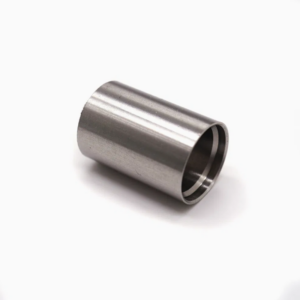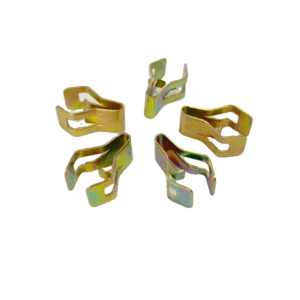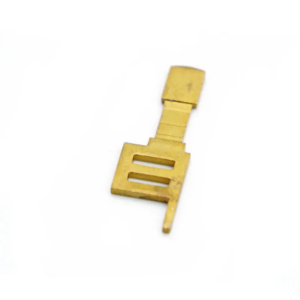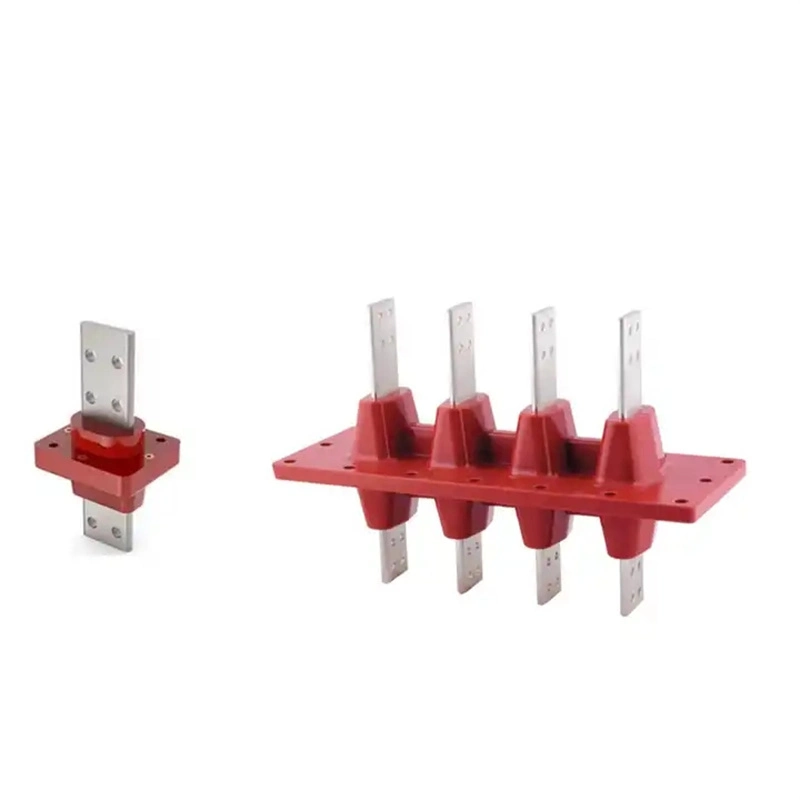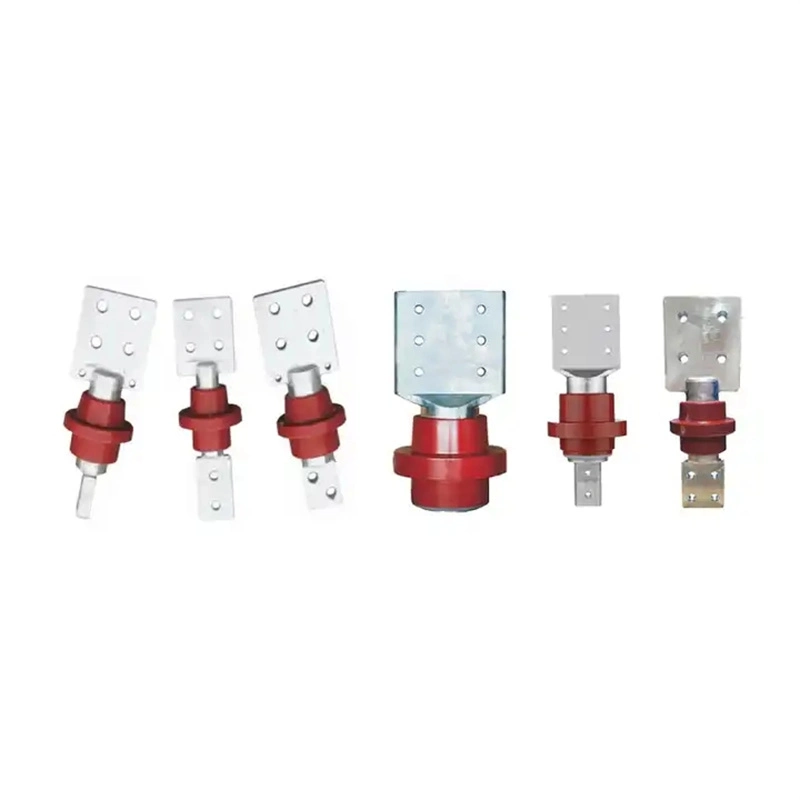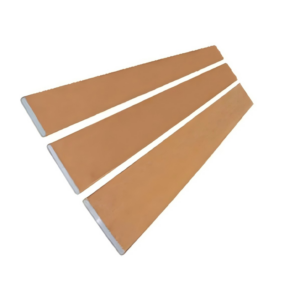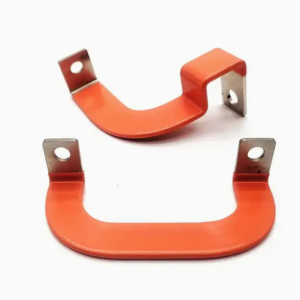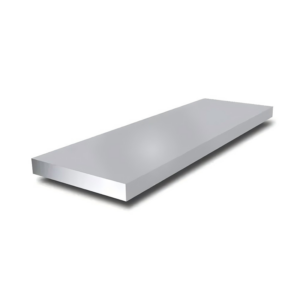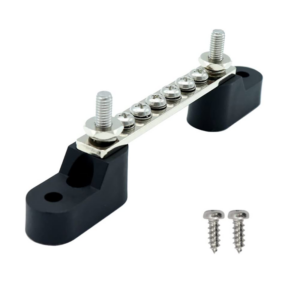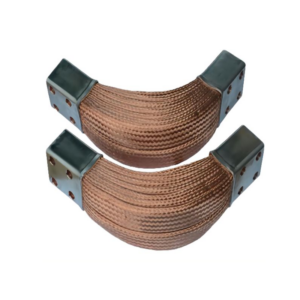Surface Treatment Options:
1.Anodization
Enhances aluminum’s natural oxide layer for improved corrosion resistance and wear properties, available in various colors.
2.Powder Coating
Durable finish resistant to chips, scratches, and fading, offering extensive color and texture choices.
3.Electroplating
Deposits metal layers like nickel, zinc, or chrome to enhance appearance, corrosion resistance, and surface hardness.
4.Passivation
Chemical treatment to boost corrosion resistance without altering appearance.
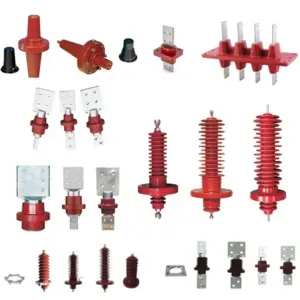
5.Polishing
Creates a smooth, reflective surface for improved aesthetics.
6.Brushing
Uniform satin texture that hides fingerprints and minor scratches.
7.Painting
Customizable colors and protective coating.
8.Sandblasting
Creates a textured finish for enhanced adhesion and unique appearance.
Product Advantages:
– Excellent high-temperature insulation properties
– Made from FDA-grade silicone
– Customizable options available, including custom logos
– Contact us freely for inquiries or orders
Quality Control Process for Metal Stamping
- Incoming Material Inspection
– Description: Evaluate raw materials for compliance with specifications and quality standards before production. This includes testing material properties such as thickness, hardness, and chemical composition.
- Pre-Production Sampling
– Description: Conduct initial trials and inspections on pre-production samples to ensure that the stamping process and tooling produce parts within the required tolerances and quality levels.
- In-Process Monitoring
– Description: Implement continuous monitoring during production to ensure that the stamping process remains consistent. This includes checking for defects like warping, misalignment, and dimensional accuracy.
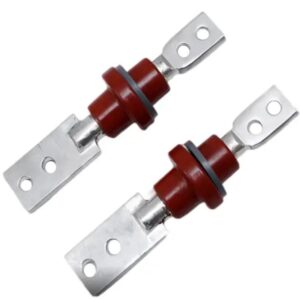
- Dimensional Inspection
– Description: Use precision measuring instruments such as calipers, micrometers, and CMMs (Coordinate Measuring Machines) to verify that parts meet specified dimensions and tolerances.
- Functional Testing
– Description: Test parts for proper functionality, ensuring they meet the required performance criteria. This may include checks for fit, alignment, and operational integrity.
- Surface Quality Inspection
– Description: Inspect the surface finish of parts for defects such as scratches, dents, or coatings issues. This includes visual inspections and using tools to assess surface texture and coating integrity.
- Post-Production Testing
– Description: Conduct additional tests on completed parts, including stress and load tests, to confirm durability and reliability under real-world conditions.
- Final Inspection and Approval
– Description: Perform a comprehensive final inspection before shipping, ensuring that all parts meet quality standards and specifications. Approve or reject parts based on this thorough evaluation.
- Documentation and Reporting
– Description: Maintain detailed records of quality control inspections and tests. Document any defects or non-conformance issues and report them for corrective actions.
- Feedback and Continuous Improvement
– Description: Review quality control data to identify trends and areas for improvement. Implement corrective actions and process improvements to enhance overall product quality and efficiency.

